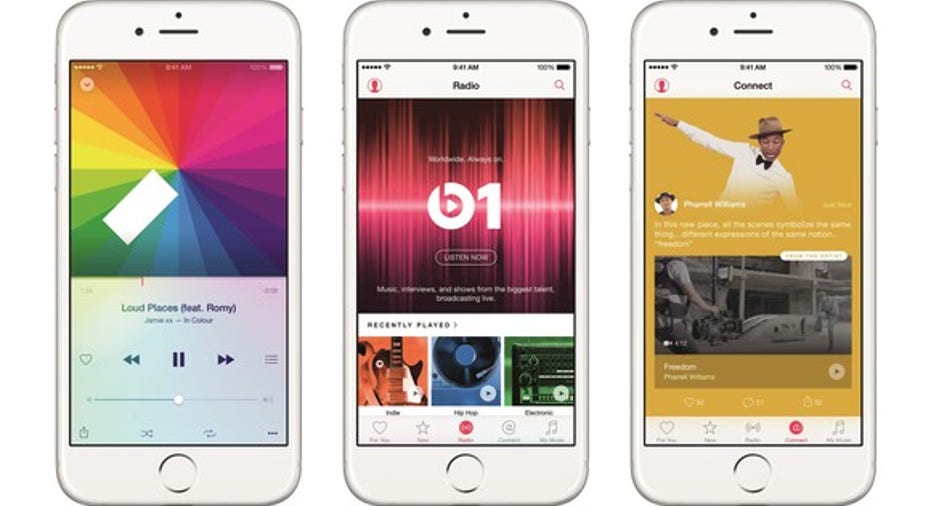Apple Inc. Has No Choice but to Adopt Curved Displays

Image source: Apple.
Writing for Seeking Alpha, Mark Hibben recently expressed his view that Apple (NASDAQ: AAPL)is unlikely to adopt curved AMOLED displays in the 2017 iPhone, contrary to a report fromNikkei Asian Review.
"Given the lack of practical value, and given Apple's proclivity to adopt its own unique look and feel, I don't see any motivation whatsoever for Apple to buy curved AMOLED displays," Hibben writes.
Though I respect Hibben's view, I don't agree. Here's why.
Curved displays have proved to be a real selling point for Samsung phones
Samsung's Galaxy S5 was reportedly a disappointment in the marketplace. In fact, The Wall Street Journal reported back in late 2014 that sales of the S5 came in a whopping 40% below expectations.
However, things seemingly began to turn around for Samsung's mobile group with the launch of the Galaxy S6. The S6 was fairly well received, and, in particular, the variant with a curved display seemed to catch consumers' attention.
Then, earlier this year, Samsung released two variants of the Galaxy S7 -- the vanilla model with a flat panel display and the "Edge" model with a curved display. Samsung said in its most recent earnings release that it enjoyed an improvement in its product mix because of "increased portion of Edge in S7."
Customers clearly find value in the curved displays on Samsung's phones. In fact, Samsung's renewed success in the premium portion of the smartphone market comes at a time when Apple is struggling to get its iPhone business back on a growth path.
Coincidence? I don't think so.
People want curved displays
At the end of the day, it's Apple's job to produce compelling and competitive products. If customers are attracted to the curved displays found on Samsung's latest phones, then I see little choice on Apple's part but to adopt a similar technology in future iPhones.
The good news for Apple is that it's very likely that management recognizes this competitive deficiency relative to Samsung (and the other smartphone vendors that are adopting Samsung's curved displays) and will engineer future products to eliminate that deficiency.
The more troubling issue
Perhaps the bigger issue for Apple is that it seems to be very poor at predicting trends in display technology and size trends. The company was woefully late to bringing out phones with larger screen displays, it's late to transitioning to OLED displays, and now it's behind the curve in a transition to curved OLED displays.
Apple will eventually catch up, and once it does, it should be able to regain some lost business in a similar fashion as to what happened when the company finally launched the large-screen iPhone 6 and 6 Plus devices.
However, if the iDevice maker wants to avoid being put in a position where it is losing market share to competitors, it needs to invest more aggressively in future display technology development.
That said, though Apple is hardly perfect, the company does seem to be able to learn from its mistakes. I wouldn't be surprised to find out that Apple has indeed been investing much more heavily in display technology to ensure that, in the future, it's a leader in this area and not just a (not-that-fast) follower.
A secret billion-dollar stock opportunity The world's biggest tech company forgot to show you something, but a few Wall Street analysts and the Fool didn't miss a beat: There's a small company that's powering their brand-new gadgets and the coming revolution in technology. And we think its stock price has nearly unlimited room to run for early in-the-know investors! To be one of them, just click here.
Ashraf Eassa has no position in any stocks mentioned. The Motley Fool owns shares of and recommends Apple. The Motley Fool has the following options: long January 2018 $90 calls on Apple and short January 2018 $95 calls on Apple. Try any of our Foolish newsletter services free for 30 days. We Fools may not all hold the same opinions, but we all believe that considering a diverse range of insights makes us better investors. The Motley Fool has a disclosure policy.